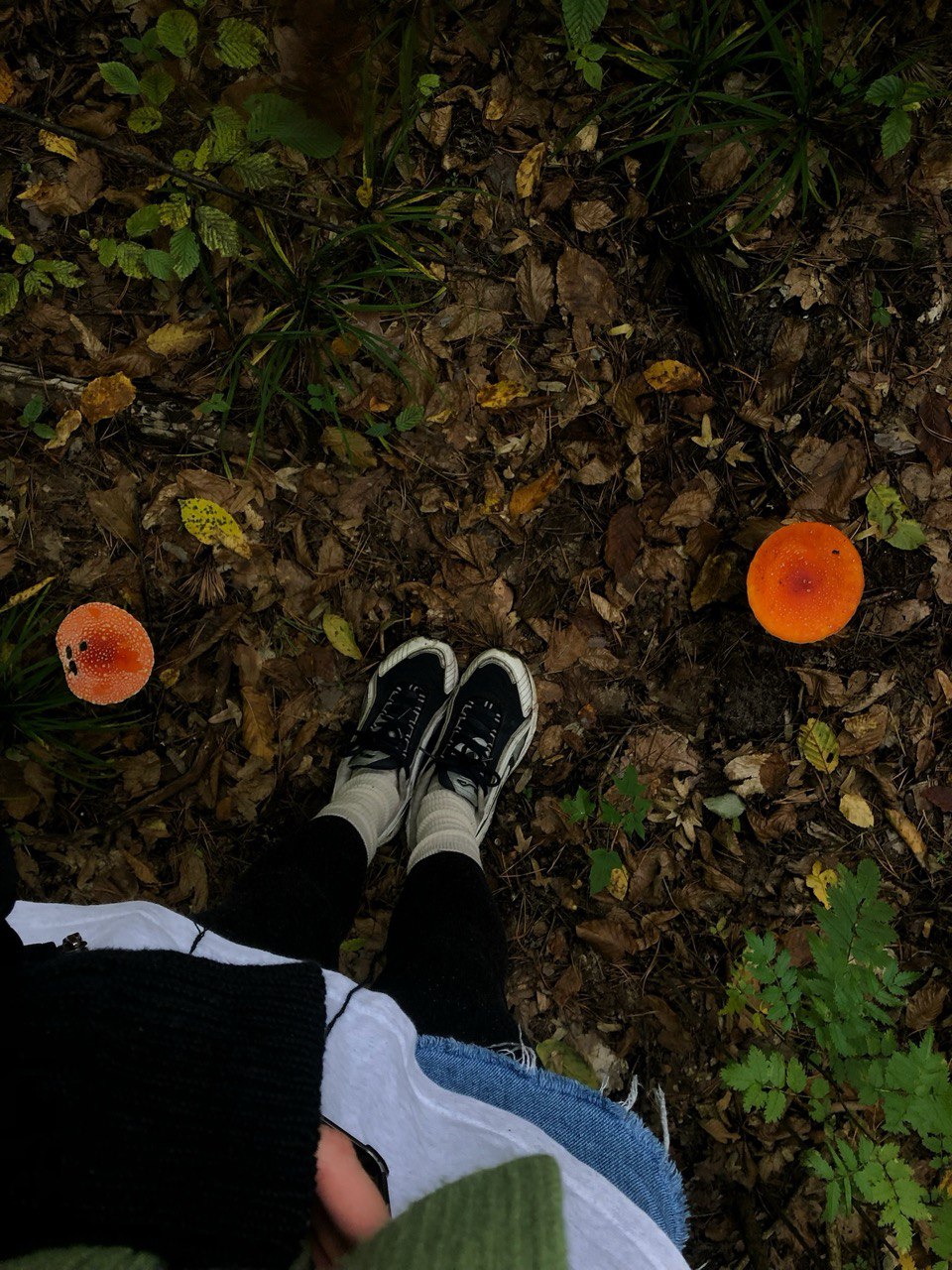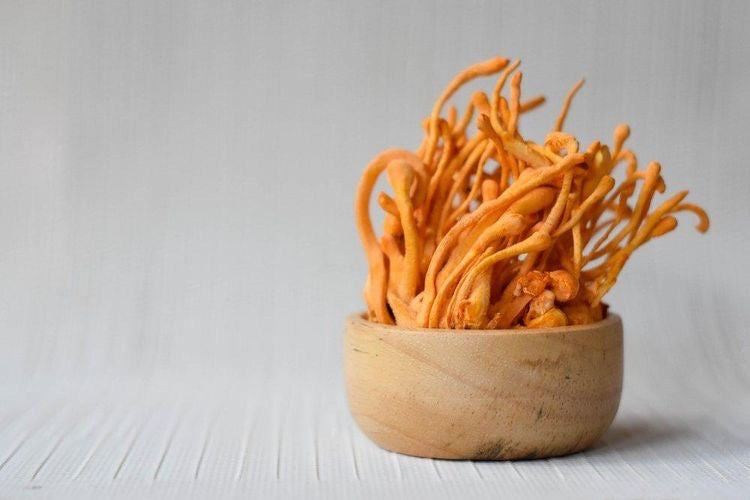The history of the use of "Amanita Muscaria" mushrooms for health and medical purposes.
The Amanita Muscaria, commonly known as the fly agaric mushroom, has been used for thousands of years in different cultures. The mushroom is known for its bright red cap with white spots and has been depicted in various art forms, such as paintings, sculptures, and fairy tales.
One of the earliest recorded uses of the fly agaric mushroom is among the Siberian tribes, who used the mushroom for both wellness and shamanic purposes. The shamans would consume the mushroom to induce visions and communicate with the spirit world. In addition, the mushroom was utilized to support overall well-being, serving as a natural remedy for discomfort, inflammation, and general health concerns, including fever, colds, and infections.
The use of Amanita Muscaria spread across different cultures, including those of the North American indigenous tribes. The mushroom revered as a sacred substance and was used in various rituals, such as wellness ceremonies, vision quests, and as a tool for divination.
In ancient Greece, the fly agaric mushroom was valued for its ability to alleviate discomfort and was also believed to have properties that could induce visions and prophetic dreams. The Greek physician Dioscorides recommended the mushroom as a supportive aid for conditions like sciatica and gout.
During the Middle Ages, the fly agaric mushroom found its place in European folk traditions, where it was used to promote wellness and comfort, addressing various conditions, including joint discomfort and fever. It was also applied as a calming agent during surgical procedures.
Today, people continue to appreciate the fly agaric mushroom, and it remains accessible through various platforms, including online stores like ours and Olofly, where it is offered as a natural artefact for researching, artictic and incense properties.

Why did our ancestors use red fly agaric for well-being? The beneficial properties of red fly agaric mushrooms they've found.
The use of the fly agaric, or Amanita Muscaria, in traditional practices has a long and rich history. Although the mushroom is known for its psychoactive effects, our ancestors believed that the fly agaric had beneficial properties that could be harnessed through microdosing.
Microdosing is the practice of taking small amounts of a substance to achieve a helpful effect without experiencing the full psychoactive effect. Our ancestors were masters of microdosing, and they understood the benefits of using small amounts of the fly agaric for well-being purposes.
One of the primary benefits of the fly agaric for them was analgesic and anti-inflammatory potential. The mushroom contains several compounds that are known to reduce pain and inflammation in the body. This is why the fly agaric was often used for conditions such as arthritis, rheumatism, and other inflammatory disorders.
In addition to its anti-inflammatory potential, the fly agaric was also believed to have antibacterial and antiviral properties. Our ancestors used the mushroom to deal with various infections, including colds, flu, and other respiratory illnesses.
The fly agaric was also believed to be a powerful immune system booster. Our ancestors recognized that the mushroom could stimulate the body's natural defenses and help fight off infections and other illnesses.
Another benefit of the fly agaric for our ancestors was its ability to improve cognitive function. The mushroom contains compounds that are known to enhance memory, concentration, and mental clarity.
In conclusion, the use of the fly agaric in traditional medicine is rooted in our ancestors' deep understanding of the beneficial properties of this powerful mushroom. Microdosing the fly agaric allowed them to harness the medicinal benefits of the mushroom without experiencing the full psychoactive effects.




